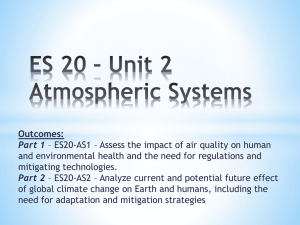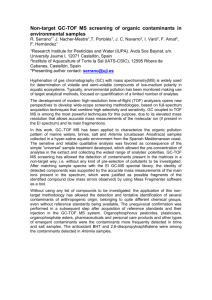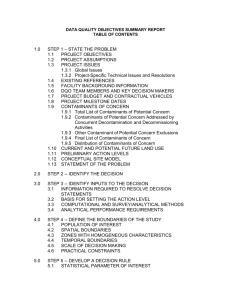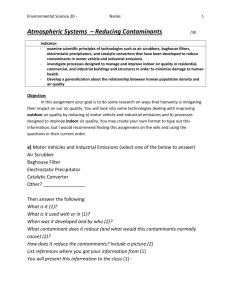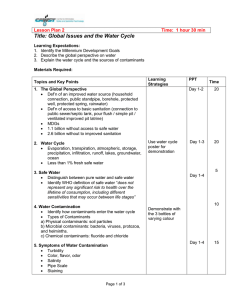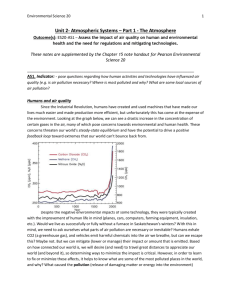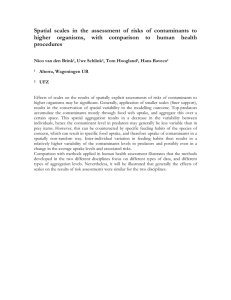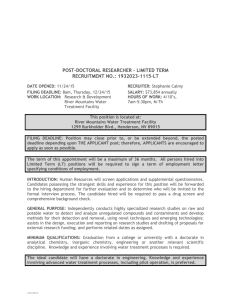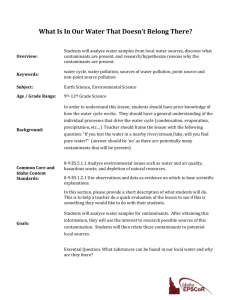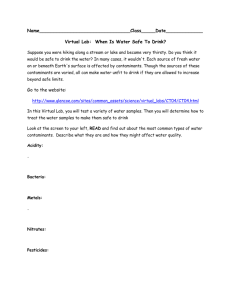Unpacking Outcomes - North East School Division
advertisement
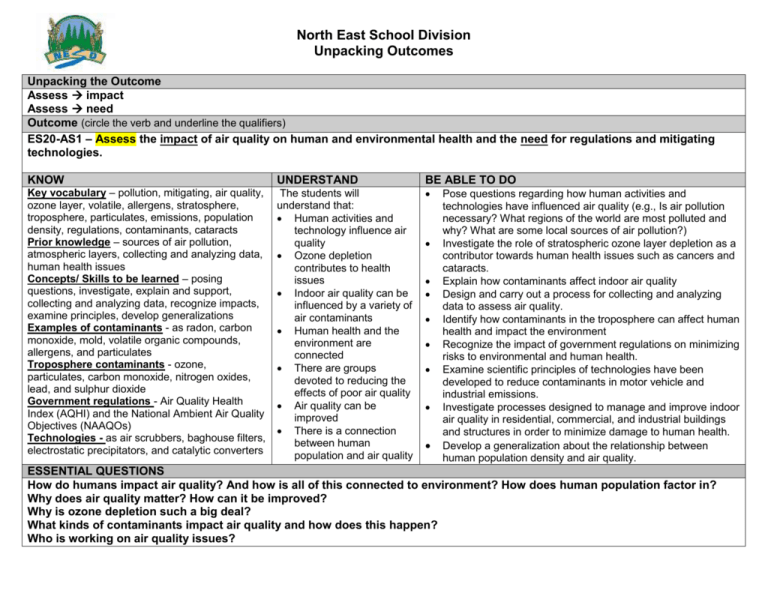
North East School Division Unpacking Outcomes Unpacking the Outcome Assess impact Assess need Outcome (circle the verb and underline the qualifiers) ES20-AS1 – Assess the impact of air quality on human and environmental health and the need for regulations and mitigating technologies. KNOW UNDERSTAND BE ABLE TO DO Key vocabulary – pollution, mitigating, air quality, ozone layer, volatile, allergens, stratosphere, troposphere, particulates, emissions, population density, regulations, contaminants, cataracts Prior knowledge – sources of air pollution, atmospheric layers, collecting and analyzing data, human health issues Concepts/ Skills to be learned – posing questions, investigate, explain and support, collecting and analyzing data, recognize impacts, examine principles, develop generalizations Examples of contaminants - as radon, carbon monoxide, mold, volatile organic compounds, allergens, and particulates Troposphere contaminants - ozone, particulates, carbon monoxide, nitrogen oxides, lead, and sulphur dioxide Government regulations - Air Quality Health Index (AQHI) and the National Ambient Air Quality Objectives (NAAQOs) Technologies - as air scrubbers, baghouse filters, electrostatic precipitators, and catalytic converters The students will understand that: Human activities and technology influence air quality Ozone depletion contributes to health issues Indoor air quality can be influenced by a variety of air contaminants Human health and the environment are connected There are groups devoted to reducing the effects of poor air quality Air quality can be improved There is a connection between human population and air quality Pose questions regarding how human activities and technologies have influenced air quality (e.g., Is air pollution necessary? What regions of the world are most polluted and why? What are some local sources of air pollution?) Investigate the role of stratospheric ozone layer depletion as a contributor towards human health issues such as cancers and cataracts. Explain how contaminants affect indoor air quality Design and carry out a process for collecting and analyzing data to assess air quality. Identify how contaminants in the troposphere can affect human health and impact the environment Recognize the impact of government regulations on minimizing risks to environmental and human health. Examine scientific principles of technologies have been developed to reduce contaminants in motor vehicle and industrial emissions. Investigate processes designed to manage and improve indoor air quality in residential, commercial, and industrial buildings and structures in order to minimize damage to human health. Develop a generalization about the relationship between human population density and air quality. ESSENTIAL QUESTIONS How do humans impact air quality? And how is all of this connected to environment? How does human population factor in? Why does air quality matter? How can it be improved? Why is ozone depletion such a big deal? What kinds of contaminants impact air quality and how does this happen? Who is working on air quality issues?
